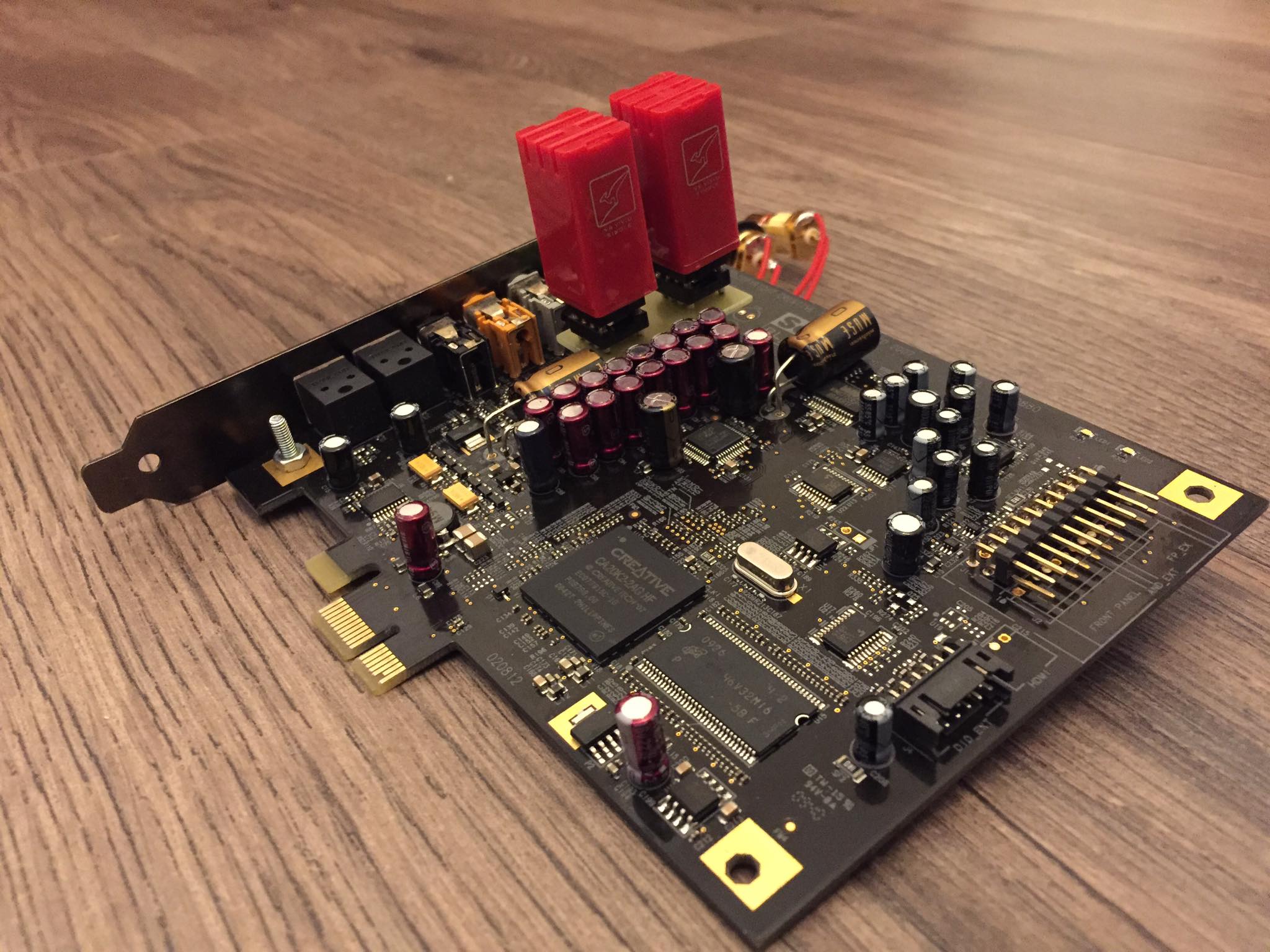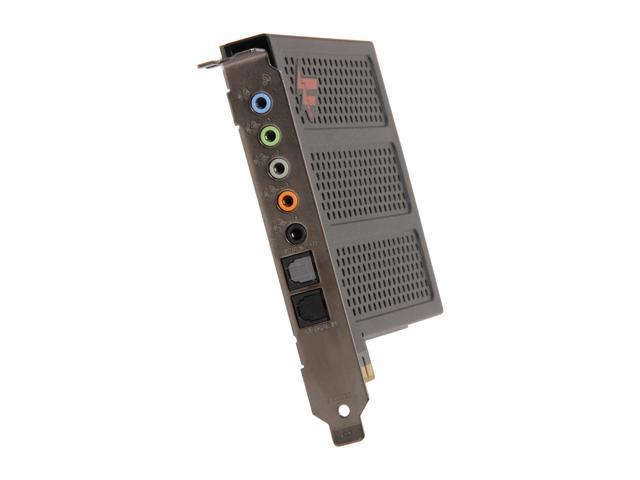

- #Sound blaster x fi titanium fatal1ty 320kbps
- #Sound blaster x fi titanium fatal1ty install
- #Sound blaster x fi titanium fatal1ty drivers
- #Sound blaster x fi titanium fatal1ty professional
- #Sound blaster x fi titanium fatal1ty windows
I have to agree with Valagard that positional audio is MUCH better with this card. If you need front panel access then go for it, but if you're not bothered, we reckon you might as well just go for the cheaper option.Got the Z today and after a lot of tweaking I'm starting to enjoy it more over my Titanium card. But you have to question whether it's really worth forking out the extra cash for the I/O drive.
#Sound blaster x fi titanium fatal1ty professional
And for £95, the X-Fi Professional Series card is certainly good value. These really are two fantastic soundcards.
#Sound blaster x fi titanium fatal1ty install
The cards are also now THX-certified, and you can optionally install a THX control panel which gives you new options such as bass boost etc. The audio is smooth, crisp and defined.īoth of the cards also feature Dolby Digital encoding, and a digital-out port for single-cable connection to home theatre systems. The X-Fi Titanium series cards also do a brilliant job of pumping out 5.1/7.1 audio for movies and gaming.
#Sound blaster x fi titanium fatal1ty 320kbps
But if you're listening at 320kbps or there abouts, you'll notice that X-Fi is able to restore many of the highs and lows lost during compression. If you're got a terrible MP3 ripped in 128kbps, X-Fi can't fix that. X-Fi does a cracking job of making MP3's sound almost as good as CD's. Here you can change settings, and decide whether to switch on X-Fi Crystallisation and how far to crank it up.

#Sound blaster x fi titanium fatal1ty windows
You can flip between them using the buttons on the front of the I/O drive (in the Champion Series version) or by opening the Audio Console in the Windows Control Panel (both versions). As with all X-Fi cards there are three basic modes to choose from: gaming, entertainment and audio creation.
#Sound blaster x fi titanium fatal1ty drivers
Once you've got the software and drivers installed, set-up is also very easy. Once you've done that you need only slot the card into a spare PCI-E slot, put the I/O drive in a spare bay and then join the two things together inside your case using the bundled cables. Installation of the cards is a fairly simple process, although if you're already running a Creative soundcard inside your system, we highly recommend you uninstall all drivers and software associated with that product before you put this one in. But those people with newer motherboards shouldn't have any problems finding a spare one. Older boards like the nForce 650i have only one PCI-E slot, so if you're running two graphics cards in SLI mode, for instance, you'll already have used up that one slot. So if you're running an older motherboard, you'll need firstly to check that you've got a PCI-E slot on your board, and secondly that you're not already using it. One thing to watch out for here is that the Titanium series is only available as a PCI-Express card. X-Fi crystallisation works better than ever, while CMSS soundstage expansion also works superbly. It's marginally better than the X-Fi Platinum cards in fact. It's up to you which drive bay you choose to use.Īs you'd expect, the sound quality of this card is absolutely fantastic.

This drive slides inside the 5.25-inch drive, which adds RCA line-in connections. The 3.5-inch drive features mic-in and headphone-out connections. Unlike previous versions of this break-out box, this one offers the choice of placement in either a 3.5-inch (floppy drive bay) or 5.25-inch (DVD drive) bay. The actual sound card that comes with both packages is identical. The only difference between the two products is that the £160 Fatal1ty Champion Series card comes with an additional I/O drive for quick front panel connection to headphones and headsets. The first, cheaper option, is the PCI Express Sound Blaster X-Fi Titanium Fatal1ty Professional Series, which you can currently pick up for around £95.Īnd the second is the PCI Express Sound Blaster X-Fi Titanium Fatal1ty Champion Series, which is the version we're reviewing. First announced in May 2008, the new X-Fi Titanium series (taking over from the X-Fi Platinum series) comes in two different flavours.


 0 kommentar(er)
0 kommentar(er)
